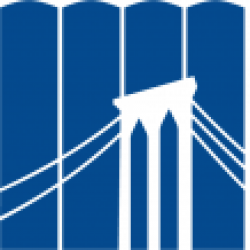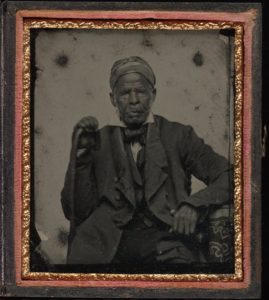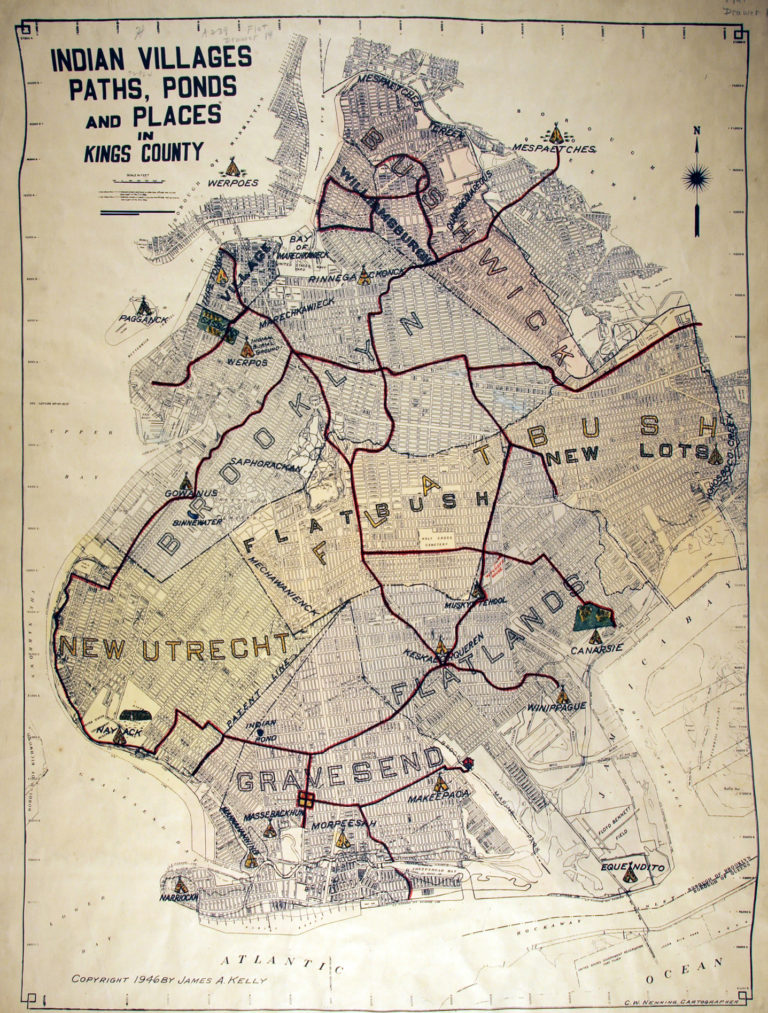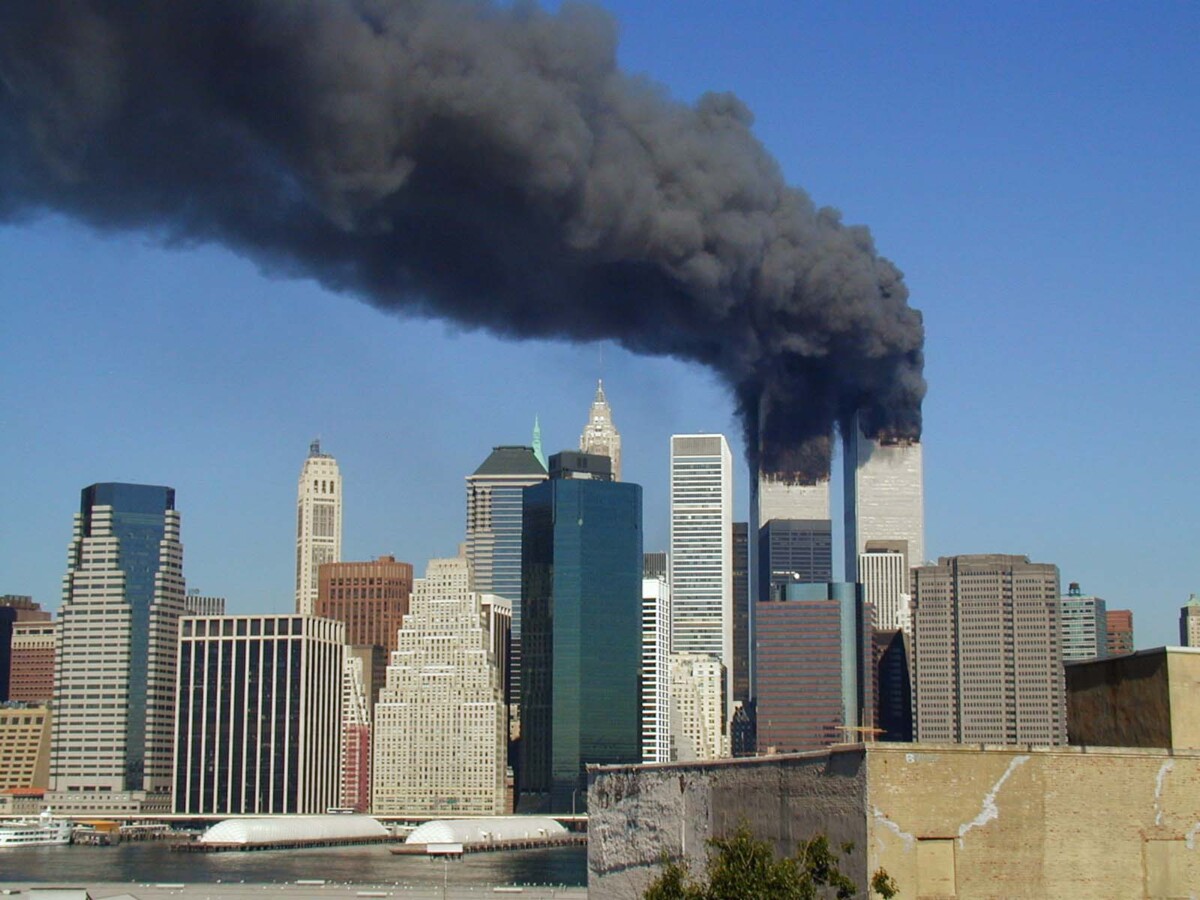Welcome to a new semester! We have a lot of great new things happening at the library and wanted to share some updates.
The library is open and all of our in person services are up and running. Come visit us on the 4th floor of the Library Building 9:00am-9:00pm Monday-Thursday, 9:00am-7:00pm Friday, 10:00am-5:00pm Saturday. We also have virtual reference support available 24×7 through our chat service: Ask us!
Ask-A-Librarian
Ask-A–Librarian is an online chat reference service staffed by professional librarians. They are available 24/7 to assist users with utilizing library resources and conducting research. Librarians are here to help with all your research needs. The chat is great for getting help with databases, finding peer reviewed articles, providing assistance with citation styles, and learning more about library resources.
Books and More
As of January 18th, 2024, books can be borrowed from any CUNY library for 16 weeks plus 2 renewals (totaling 48 weeks each). The new loan time reflects the CUNY – SUNY borrowing and lending partnership. You can search SUNY’s library collection in OneSearch and borrow books like you borrow CUNY books using CLICS.
Faculty can place textbooks, required readings, and films for courses in the Library’s Reserve Collection for your students to use in the library. Please place your requests as soon as possible as we purchase on a first-come, first-served basis. Request materials to be placed on reserve using this form. Email us questions or your department textbook list of required textbooks: NYCCTCirculation@citytech.cuny.edu
Need Something We Don’t Have?
Need something we don’t have? Interlibrary Loan (ILL) has expanded its services! Faculty, staff, and students can all request books not available at CUNY or SUNY through ILL—this includes textbooks. We also fill article and individual book chapter requests and deliver them electronically. ILL is great for scholarly research and course assignments. You can also request media items, microfilm and more!
Podcasting, vinyl and more in the library
#CityTechSoundsGood #CityTechSuenaBien is here! The library is lending portable turntables, new and vintage vinyl records, and podcasting kits in the Multimedia Resources Center. Check the LibGuide to learn more.
New Electronic Resources
City Tech has access to several new databases this fall. Learn more and start exploring Pederson’s Test & Career Prep, Gale Legal Forms, Gale Business: Entrepreneurship, and Gale Books and Authors.
City Tech Library also has trial access this fall to a number of databases; we would love faculty feedback on how these could support your teaching and research. Please explore the Bloomsbury Visual Arts’ Design Studies Collection, Art History resources from Oxford University Press, the LGBT Magazine Archive, and the Films on Demand Archival Films and Newsreel Collection, and share your feedback through this form.
Don’t forget to use your City Tech email to sign up for (or renew) your free access to the New York Times and Wall Street Journal. Access expires after a period of time for both students and faculty, but you can always renew it by heading back to the links shared here for free access to the CUNY community.
Library Instruction Offerings
Are you assigning papers or projects that require library research? You can request a library instruction session for your in-person or online synchronous class.
Are you teaching asynchronously or want your students to learn research skills at their own pace? Share the library’s tutorials and research guides with your students and add library widgets to your OpenLab site. Contact your library subject specialist to find out more about subject-specific resources and support for your asynchronous class. For general questions about library instruction, contact Prof Anne Leonard, library instruction coordinator.
Workshops and Events
The Library offers workshops for faculty, students, and other members of the City Tech community. Our workshops cover a wide range of topics, including basic research skills, finding articles in databases, using other libraries, open access journals, and evaluating websites.
Check our website for upcoming workshops.
Open Educational Resources
Identify open and free resources to support teaching, browse your colleagues’ contributions, and much more via the OER at City Tech site. Follow our blog for New & Noteworthy OER available in your discipline. We’re offering four workshops this semester, Introductions to: OER, Social Annotation, and Manifold, as well as a session on peer review for OERs.
Questions about assigning OER and other zero-cost resources, creating, and sharing your OER with a wider audience? Contact Anne Leonard at aleonard@citytech.cuny.edu.
Support for Scholarly Publishing
The library can support your research and scholarship—we regularly offer a publishing workshop series–stay tuned for details. In addition to our Scholarly Publishing Clinic, a monthly office hour for virtual consultations on the first Tuesday of the month at 3 PM, consultations are available on demand. Contact Monica Berger. Learn more about how the library supports scholarly publishing.
Don’t Be a Stranger
Have questions about library resources and services but not sure how to reach us? Want to make sure you get the latest updates about changing policies, new resources, and digital tools available through the library?
Subscribe to the Library Buzz blog to get the latest in your inbox or follow us on Twitter and Instagram @citytechlibrary.
Love,
the City Tech Library















